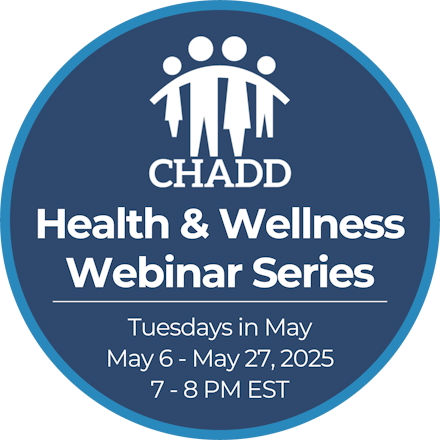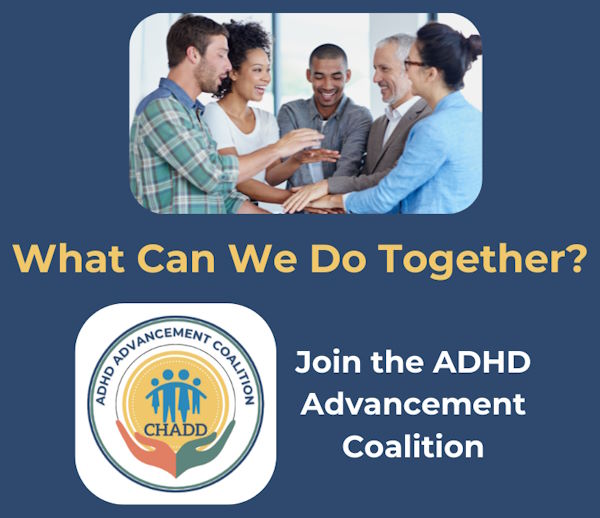ADHD in the News 2025-04-17
April 17, 2025Have We Been Thinking About A.D.H.D. All Wrong?
Understanding A.D.H.D.
5 Takeaways From New Research About A.D.H.D.
ViewADHD Weekly, April 17, 2025
April 16, 2025Could a Body Double Help You Increase Your Productivity?
When Balancing Social Media Use Becomes a Challenge
View
Attention Magazine
Recognized for its excellence, CHADD’s bimonthly magazine is rich in practical information, clinical insights, and evidence-based strategies for managing ADHD.
LEARN MOREJoin the online community for parents of children with ADHD

Focalin trial advice

Participants Needed for ADHD & Exercise Study!
We are recruiting children aged 8-11 with ADHD for a research study at Teachers College, Columbia University! This study examines how aerobic exercise affects executive functions in children with ADHD.
What’s Involved?
1 familiarization visit (1 hour)
3 exercise visits (1.5 hours each) over a month
Running/walking on a treadmill

Medication
Our child was recently put on the lowest dosage of guanfacine. This is only the 2nd day so far. I'm reaching out to this community to get any feedback on the medication..ie..experiences. he slept fine the first night we gave it to him, second night he said he hardly slept at all. Will his body somewhat regulate to the medication where he gets on

Political Posts
Hello, We've received reports for political posts. Here are some rules when it comes to posting. No pictures from any event. All pictures will be deleted by the admin. Discussion on advocating for ADHD care, educational rights, and disabilities rights is welcome. Attacks on people, including politicians, will not be tolerated and will be remov

My 10 year old little boy has ADHD and I am looking for ways to help him adjust and hopefully thrive, I look forward to hearing your thought

Adhd Meds
We recently went to see an ADHD Dr for our recently diagnosed 9 yr old. I went in with a ton of questions, and received a lot of answers, but when we left the office I still feel unsure of the unknown. She provided us a list of medications (which is scary) but also know it's needed. Would anyone be willing to provide any real life experiences w

Suggestions on helping my 9 year old with ASD, ADHD, and ODD manage his anger and frustration.
Hi, I am new to this sight and would love some advice on how to help my child with his frustration and anger issues. He is 9 years old and has been dealing with this for a long time. He is currently on Abilify 10mg, Azstarys 52.3-10.4mg, and Lexepro 5mg. He has a lot of sensory issues as well. Auditory is a big one. When he was in kindergart

New ADHD Women Support Group
CHADD is pleased to announce our new support community, "ADHD Women Support" which can be found here on HealthUnlocked. CHADD's ADHD Women Support community is a space for women with ADHD to connect and support each other. Talking about the challenges you face as a woman with ADHD can be hard, but sometimes, there's nothing more helpful than talkin

Help with discipline
My daughter was diagnosed with ADHD at 6. She's now 8. I'm wondering what other parents have done as far as discipline and accountability. Note* she is medicated in the mornings 10mg which usually wears off when she gets home from school. I've tried natural consequence, a rewards system, educating, taking away privileges but they haven't been very

Kids Shouldn't Have Phones
My opinion and I love my children. I do have 1 problem children/kids should not have phones. We act like we all grow up this way. How many kids respect you. How many parents fear their kids. I know meds didn't help I feel like we need to look farther into the brain and how it fires! Just my opinion. Children need structure, rules, taught respect an
Join the online community for adults with ADHD

Struggling With Restlessness
Hi, I am struggling with restlessness right now. I keep getting the urge to pace and move around and daydream. It is affecting my life and I want it to stop.

Organization
Hi. I keep hearing that 'typical' organizers don't help someone with ADHD. Have you all found something that works for you? Time blocking doesn't really help me much, although I do lose track of time too. Thanks :-)

Ignorance of some
Hello 1 year ago I return to England after spending many years in the USA with all honesty I was terrified . I was diagnosed with ADD however a therapist insisted that there is not such thing as ADD so I must have ADHD since I do not like to argue I stated OK fine. I never took and medication due to my fairs of drugs effects, at work I was face

More than a year in Vyvanse
I have been on Vyvanse 20 mg for more than a year now. My diagnosis was 16 months ago. I tried Concerta for 2 weeks but it didn't work for me.While on By Anse I went through many struggles both physically, cognitive,and emotionally. I tried to take breaks etc. One of the major issues is the stress I was living in and my marriage. Lately my beloved

Political Posts
Hello, We've received reports for political posts. Here are some rules when it comes to posting. No pictures from any event. All pictures will be deleted by the admin. Discussion on advocating for ADHD care, educational rights, and disabilities rights is welcome. Attacks on people, including politicians, will not be tolerated and will be remov

is it my combined adhd/add
soooo... I have a bit of an issue occurring at the moment...I have always sat there moving some part of my body...normally my feet...my wife always pulls me up on it...recently (last month or so)...since she has made it apparenta to me...I have started playplayin with my teeth to point of making my tongue super sore and bleeds from time to time..

Having clean and organized apt is vital to my mood and confidence.
75 yr old woman, been living alone with my cat in Dana Point with so far undiagnosed abdominal deep pain for 2 yrs. Just lost house cleaner and looking at possibility of keeping my apartment clean and organized by myself. But I fear that this is something that will only cause stress as I will not keep it up. I started having a cleaning lady about

Adult add
I can't be prescribed amphetamines because those are only for childre6

New ADHD Women Support Group
CHADD is pleased to announce our new support community, "ADHD Women Support" which can be found here on HealthUnlocked. CHADD's ADHD Women Support community is a space for women with ADHD to connect and support each other. Talking about the challenges you face as a woman with ADHD can be hard, but sometimes, there's nothing more helpful than talkin

Free parenting conference beginning 4/10
Free online conference beginning tomorrow for parents and there are specific chats on adhd…just wanted to share, as I’ve attended previously and they have been super helpful! conference.HappilyFamily.com















